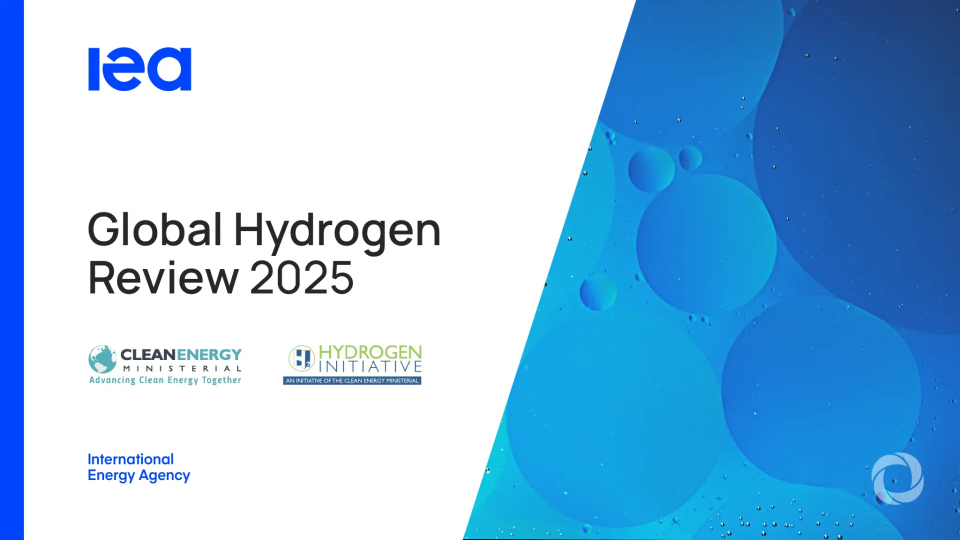Low-emissions hydrogen production will still see strong growth through 2030 despite recent project delays and cancellations that have shrunk the global pipeline, according to the latest IEA analysis. The International Energy Agency‘s 2025 Global Hydrogen Review shows the sector developing at a slower pace than earlier projections suggested. Global hydrogen demand hit nearly 100 million tonnes in 2024, up 2% from the previous year, with fossil fuel production still dominating the market.
High costs, regulatory uncertainty, and sluggish infrastructure development continue hampering the clean hydrogen sector. Most hydrogen still comes from fossil fuels without carbon capture technology, serving traditional users like oil refineries and industrial facilities. The cost gap between clean and conventional hydrogen has widened recently due to falling natural gas prices and rising electrolyser costs from inflation.
New analysis shows potential low-emissions hydrogen production could reach 37 million tonnes yearly by 2030, down from 49 million tonnes projected a year ago. However, projects already operational, under construction, or approved for investment will boost capacity more than fivefold to over 4 million tonnes annually by decade’s end. Another 6 million tonnes could come online with effective demand policies.
China leads electrolyser deployment, accounting for 65% of installed or committed global capacity and nearly 60% of manufacturing capability.
“Investor interest in hydrogen jumped at the start of this decade thanks to its potential to help countries deliver on their energy goals,” said IEA Executive Director Fatih Birol. He urged policymakers to maintain support schemes and speed up infrastructure development to sustain growth momentum across the emerging sector.

